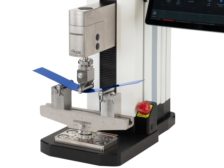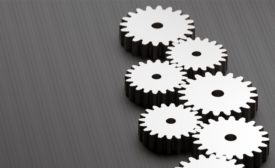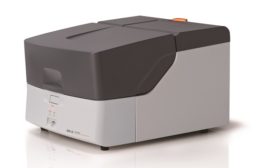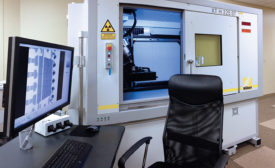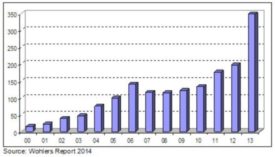Home » Keywords: » metals
Items Tagged with 'metals'
ARTICLES
Test & Inspection
Recent advancements in force measurement equipment allow quality professionals to better handle unpredictable testing demands.
Read More
Why Pre-Build Calibration is Critical to Part Quality for Metal Additive Manufacturing
Measure twice, weld once.
October 5, 2020
Back to Basics: Detecting Heavy Metals Using X-Ray Fluorescence
Beginner tips to understand the role XRF plays in restricting hazardous materials.
October 2, 2018
Stay in the know with Quality’s comprehensive coverage of
the manufacturing and metrology industries.
eNewsletter | Website | eMagazine
JOIN TODAY!Copyright ©2025. All Rights Reserved BNP Media.
Design, CMS, Hosting & Web Development :: ePublishing
